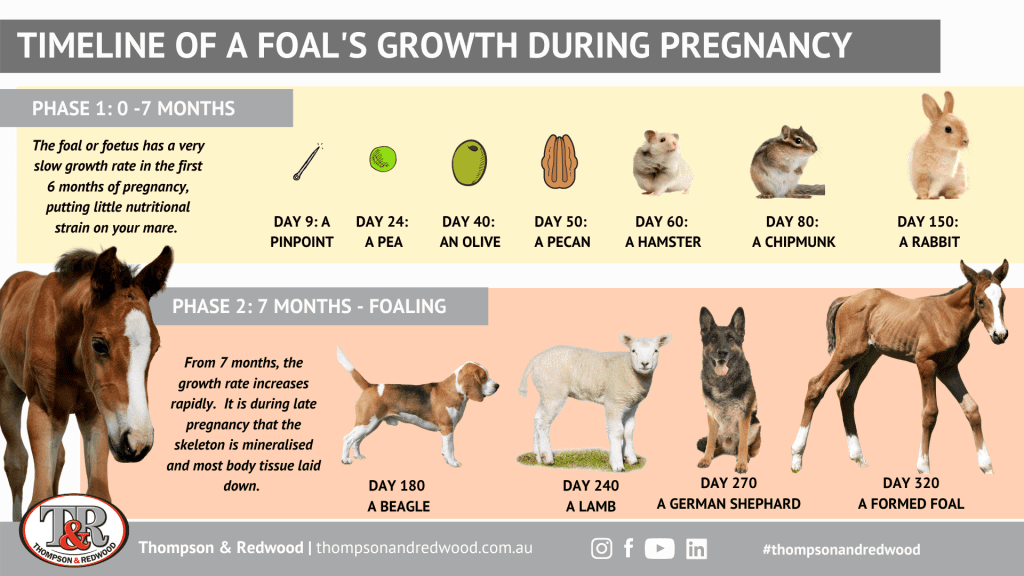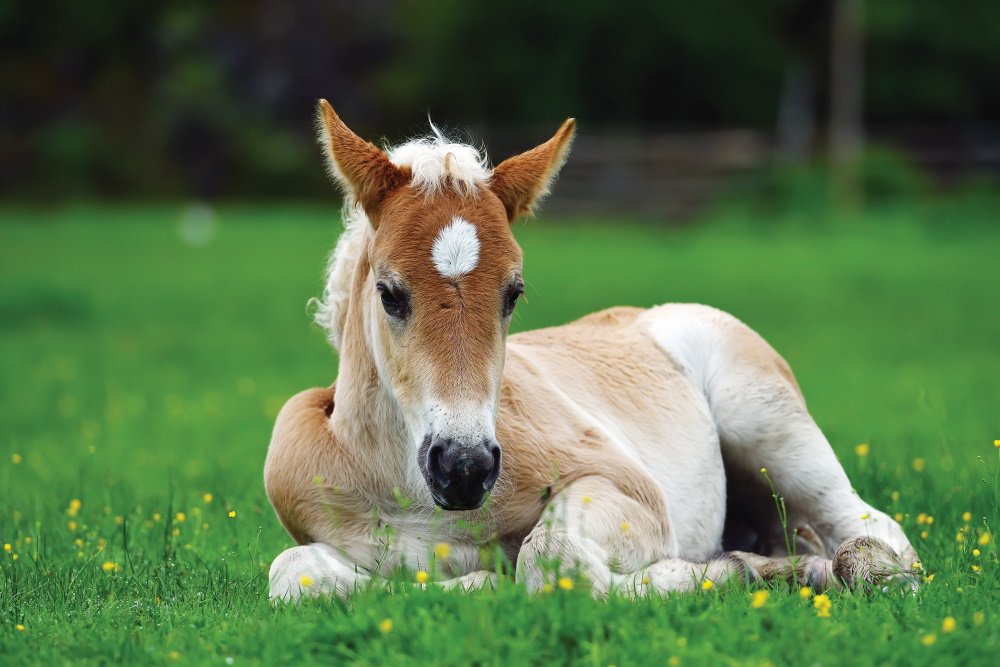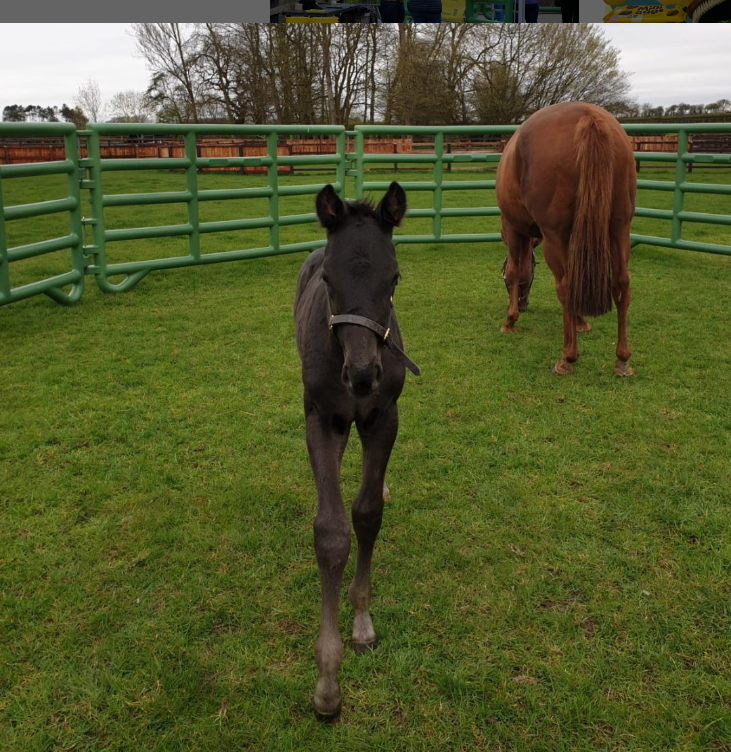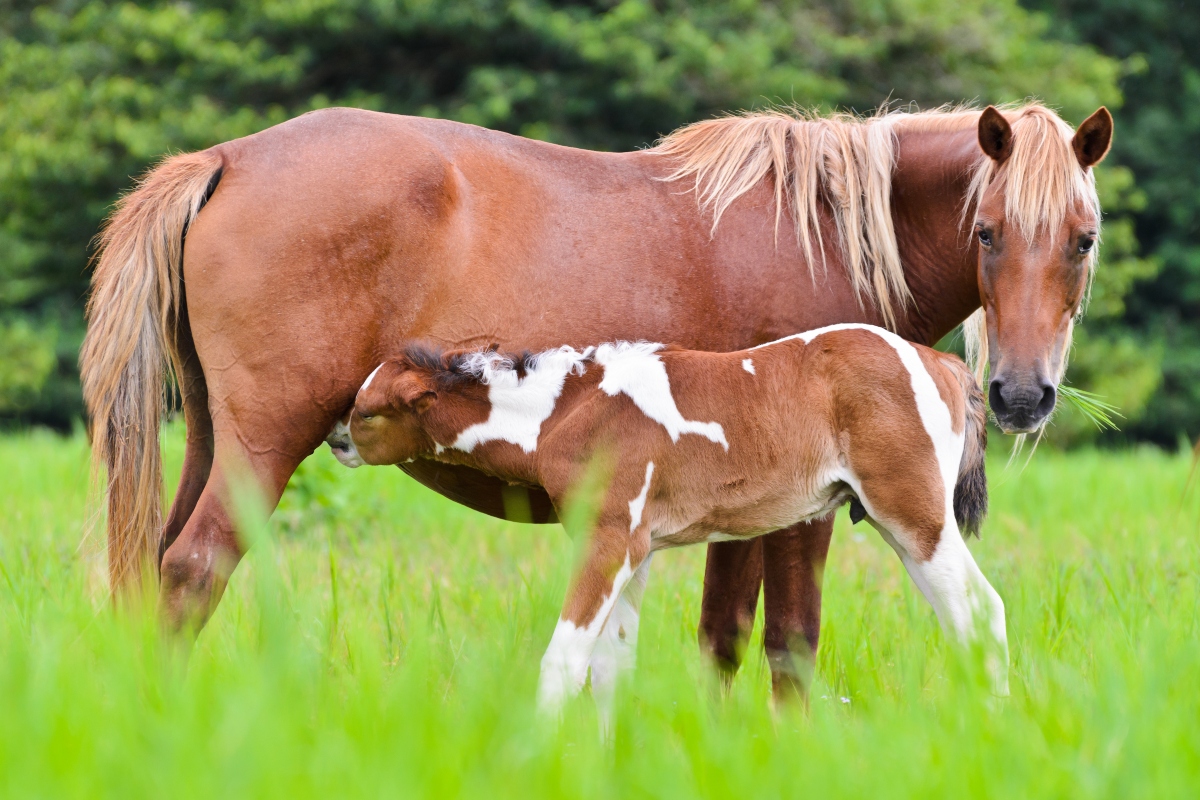Recommendation Tips About How To Look After A Foal
:max_bytes(150000):strip_icc()/three-welsh-mountain-ponies-equus-caballus-in-a-field-including-chestnut-coloured-pregnant-mare-and-foal-and-grey-pony-78907035-57602a155f9b58f22eb93df7.jpg)
All normal foals are born with an outward rotation on all four limbs.
How to look after a foal. First contact regarding the actual birth, olafsen says, “we don’t interfere with the mares, but we do have cameras on them.” once the foal is born, contact is kept. It is extremely important to provide proper care and attention immediately after the foal is born as well as during the early days of a foal’s life. After your foal is a week or two old and your vet says it's safe for him to be with others, the best plan is to turn him out with other mares and foals of similar age, provided they get.
This rotation is visually exaggerated by a narrow chest, giving the foal its own type of. Raising a healthy foal involves closely monitoring their growth. Prior to birth, the foal is totally protected from the outside.
Assessing the foal and placenta after birth. Green light foals should be nursing very soon after standing—within two to three hours after birth, says house. Learn the signs of impending foaling and what prognostic tools can help.
Post and rail is best, with the bottom rail close enough to the ground to prevent a foal rolling under. The foal may be weak and in need of assistance or medical. If the foal has not nursed within 3 hours, call your veterinarian.
After that first suckling they. If the enema doesn’t appear to work, you may need a repeat vet visit;
If you enter the stall to clear the foal’s nostrils or tie up the placenta, keep an eye on the mare, because she can. Here are seven essential items to keep on hand for your after. 01:30 a foal is not a tiny 50kg version of an adult horse, but a newborn baby adapting to life in a huge world.
Any paddock should be free of obstacles and have secure fencing: · foal should stand and nurse within two hours of birth. This will help you make appropriate changes to their diet and management to support.
Having your mare and new born foal examined by an equine veterinarian 24 hours after foaling is strongly encouraged.











/pregnancy-in-horses-1885935_FINAL-5bb7bb4c46e0fb0026de573e.png)






